Alvin Cheung, the self-style “Demon Chef”, trained as an engineer before moving to the world of food as a self-trained chef. He has a talent for publicity, with his “X-treme Cuisine” and trademark sunglasses and tattoos. The restaurant had a turbulent ride in the ever-unpredictable Hong Kong Michelin guide. The 2009 Michelin guide awarded it two stars, demoted it to one star in 2010, gave the second star back in 2012, and then promoted it to three stars in 2014. The cooking takes Cantonese cuisine and applies modern kitchen techniques to it, sometimes to controversial effect. The chef’s “sex on the beach” signature dessert looks very much like a used condom on a beach, which is not to everyone’s taste, but its shock effect does seem to reflect the personality of the chef quite well.
The first thing to note about visiting Bo Innovation is that it is hard to find. If you give the taxi driver the official address then you will be close but in the wrong road. The entrance is actually via a lift at ground level by 18 Ship Street, which is perpendicular to and a short walk from the restaurant's 60 Johnston Street postal address. Once you find the lift, just go to the second floor and all is clear. There is a terrace outside and the dining room is just behind this.
Tables are marble, the floor is hard wood and there was jazz playing quietly in the background. The open kitchen is at one end of the dining room, visible from some of the tables. As a bonus, the restaurant provides high speed Wi-Fi to those that desire it. Three menus were offered, a tasting menu at HKD 1,680 (£163) that is not offered at weekends, and also two slightly lengthier menus at HKD 1,980 (£192) and HKD 2,380 (£231). A few supplementary dishes lurk within the menus, which the staff seemed unsurprisingly keen to sell. The wine list had labels such as Pascal Jolivet Sauvignon Blanc 2013 at HKD 580 for a bottle that you can buy in the shops for HKD 114, Cloudy Bay Te Toko 2013 at HKD 989 compared to a retail price of HKD 278, and Domaine A Lady A Fume Blanc 2010 at HKD 1,400 for a wine that will set you back HKD 640 in the shops. Grander bottles were available, such as Antinori Tignanello 1997 at HKD 3,600 for a label whose current market price is HKD 1,540.
In place of bread there was an egg carton-shaped waffle with spring onion and ham. This was notionally crisp in texture, rather like a popadom, though the supposedly savoury taste still seemed to have a distant hint of sweetness, and tasted a little stale in places. This was probably just a function of whatever culinary wizardry was used to produce it. As an end result I didn't think it really worked that well.
The first dish was scallop sashimi, the shellfish imported from Hokkaido and marinated in yellow wine. This came with sweet potatoes, crisp rice puffs, sugar snap peas, avocado and lemon sour cream. The scallop was certainly very good, as were the peas, and overall this was an enjoyable dish, let down only by some over-sharpness from what I presume was the marinade (15/20).
Chargrilled foie gras came with dried cabbage ice cream, green apple foam and gingerbread. The foie gras was fine and the apple foam was a logical accompaniment, bringing balancing acidity, the gingerbread adding a different texture. However I found the cabbage ice cream mildly unpleasant, and I am not sure what it really added to the dish (overall 13/20).
The next dish was called "umami" and comprised noodles and a spot prawn with an oil made from dried shrimps, and an "air", which seemed to be more a dust made from ginger, garlic and spring onion. The prawn was quite sweet and the noodles were delicate, but to me the oil and dust did not actually add anything of much culinary value other than ramming home the savoury theme (14/20).
Xiao long bao is a classic dim sum dumpling. Here it was given a molecular twist by using an algae jelly as a thin shell instead of the traditional dumpling, but there was still the usual liquid pork flavoured centre. This was undoubtedly quite original, and the overall effect was fine. In purely taste terms I would have preferred a normal xiao long bao, but that is often the way with these molecular techniques. They are quite clever and are interesting the first time you see them, but often leave you craving for the original dish that they are mimicking. Still, this certainly did what it was trying to do, so is worth at least a score of 14/20.
Next a trio of what was notionally variations on the theme of tomato. An actual tomato, apparently grown locally (presumably on the New Territories) was poached in Chinese vinegar. Alongside it was a "tomato" of pickled ginger and olive, with a mayonnaise of fermented Chinese olives. The final "tomato" was a marshmallow made with green onion oil. The real tomato did not have especially great flavour, but the ginger flavour came through well in the one next to it, and the marshmallow was pleasant enough (just about 14/20).
The best dish of the meal was red mullet (imported from France) which had been fried so that its skin was crisp. This came with black garlic and fermented black bean sauce that had a hint of sweetness. Alongside the fish was a bell pepper coated in black bean powder, a garnish of mullet roe, and somewhere in the dish was a hint of yuzu. The fish was carefully cooked and had very good flavour, and the sauce worked really well with it: the slightly over dusty coating of the bell pepper was to me more of a distraction, and could have been omitted or replaced with something else. However this was a nice piece of fish cookery (16/20 overall).
A sort of palate cleanser was next: "Mao tai" was a take on the mai tai cocktail, consisting of hawthorn berries, lemongrass and passion fruit. The main flavour that came through was the passion fruit, which was certainly pleasant (14/20). though guests are encouraged to drink it from an elaborate funnel-style container in a frame, which was quite awkward to do without spilling, and seemed just distracting.
Pigeon from somewhere in France (the waiter was not sure which region) was next, served with black carrot, crispy kale, white garlic powder and a jus made from sour plum and the pigeon cooking juices. Curiously, though both of the pigeon breasts were cooked pink, one was considerably more tender than the other, but the flavour was certainly good and the sauce was fine, the sourness a nice foil for the richness of the meat. The flaky fried quail brought a contrasting texture and the carrot had good flavour (15/20).
The final savoury dish (this was the one part of the menu where you could choose from a few options) was langoustine with foam of English mustard, salthouse egg duck sauce, a little pigeon sauce, black truffle puree and cauliflower in several forms. There were a few regular florets, as well as cauliflower cream, cauliflower "crisp" which sadly was anything but, and pickled cauliflower. Langoustines are perhaps my favourite ingredients of all, but these were cooked a touch too long and lacked sweetness. The pickled cauliflower was good and added some useful sourness as balance, but the "crisp" was limp and the flavour of the mustard was surprisingly subdued (13/20).
"Bo baba" was the restaurant's take on rum baba. This had a conventional bread centre, filled with calamansi ("Chinese orange") cream and topped with a sweet potato ice cream with chestnut puree to one side. There was a sweet corn and ginger jelly, and what seemed to be dehydrated raspberries, along with pearls of sugar cane juice. The rum arrived in a test tube (why?) that had to be extracted from the baba and poured out into a separate dish before being poured over the dish. The baba itself was good, avoiding the drying out that can so easily occur, and the calamansi cream was quite a nice touch as it brought some refreshing acidity. The jelly seemed a touch hard, as did the rather rock-like dried raspberries, which surely would have been better as, well, just unadorned raspberries. I will draw a polite veil over the sweet potato ice cream, though the chestnut puree was fine. Ignoring the unnecessary and rather odd tasting ice cream, this was overall a nice dish, albeit overly complicated. It was almost as if the kitchen had invested in a lot of new equipment and was determined to use all of it at once. If they had just served the baba, the calamansi cream and the rum I would have scored this higher: a great chef knows when to take elements of a dish away rather than just when to add more things (14/20).
Finally, a contraption bearing petit fours arrived along with a cup of cold tea. I swapped this for a conventional espresso, which seemed to me an awful lot nicer than cold tea. The petit fours comprised a chocolate with dried mandarin peel, a sesame roll ("dragon eye"), osmanthus "sa chi ma" (a pastry with fried batter and a stiff sugar syrup, like a rice crispy), wolfberry and apple jelly, walnut cookie with salted duck egg yolk, a strawberry and rose concoction, a sticky rice dumpling with caramel and chrysanthemum, and finally a steamed sponge cake of red dates. These were capably made, the jelly being my favourite.
Service was very good, the staff patient and attentive, and the dishes certainly came at a rapid clip. The bill came to HKD 2,596 (£251) per person, with some modest wine. With three choices of menu, there is some variation in what you may spend, but if you choose a modest bottle of wine then you will still end up with a bill per person of around £240, and probably more. This seems like an awful lot of money to me, bordering on X-tortionate, as in general what appears on the plate is not using ultra-expensive or rare ingredients. Instead the cooking here mostly relies on molecular gastronomy tricks which were certainly original when first applied here to Chinese food rather than, say, in Spain at places like El Bulli a decade or so ago. However in 2016 this kind of cooking seems to me increasingly dated, and far from "X-treme" any more. Certainly Bo Innovation deserves some credit for originality when it started down this path, but cooking that relies on such gimmicks needs to move with the times, and yet many dishes here do not seem to have changed for years. As to why Michelin suddenly decided to raise its award level to three stars so recently, that is a mystery known only to them; I find it X-traordinary. As a side note, the dining room was barely half full this Thursday evening, which may just be by chance, but I wonder whether the lustre of this type of food has begun to wear off. Certainly in Europe fewer restaurants are going in for molecular gastronomy in recent years, and perhaps the sparkle is going out of this particular brand of culinary magic over here too.
Further reviews: 01st Feb 2009


















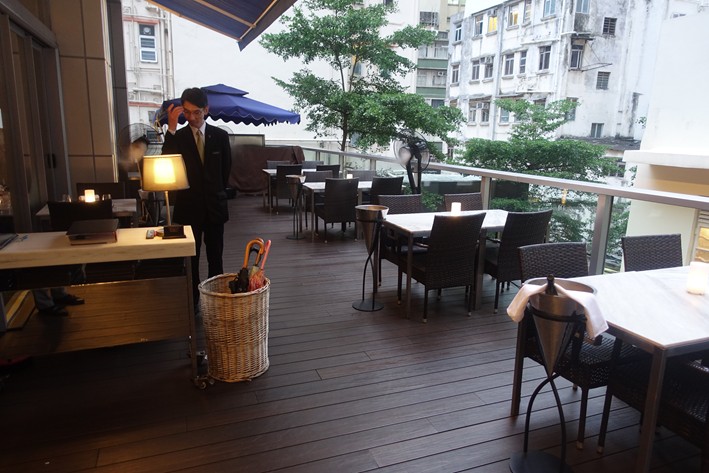

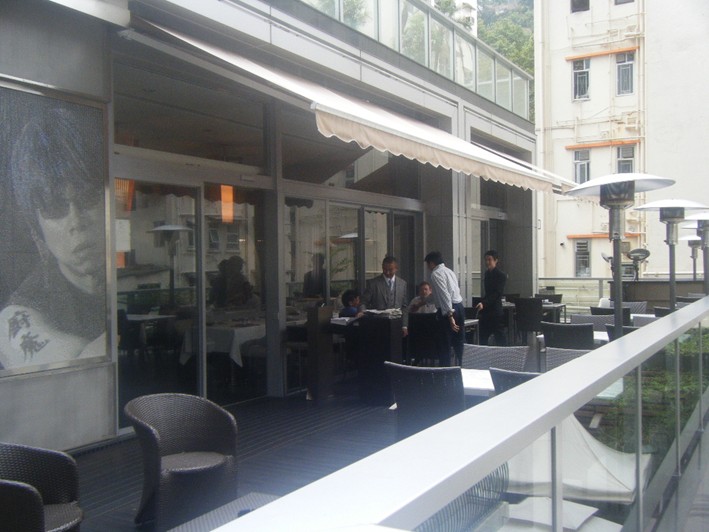

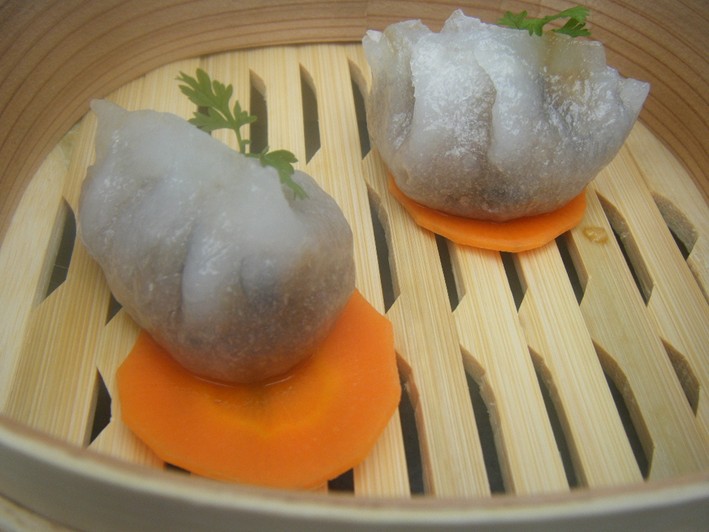
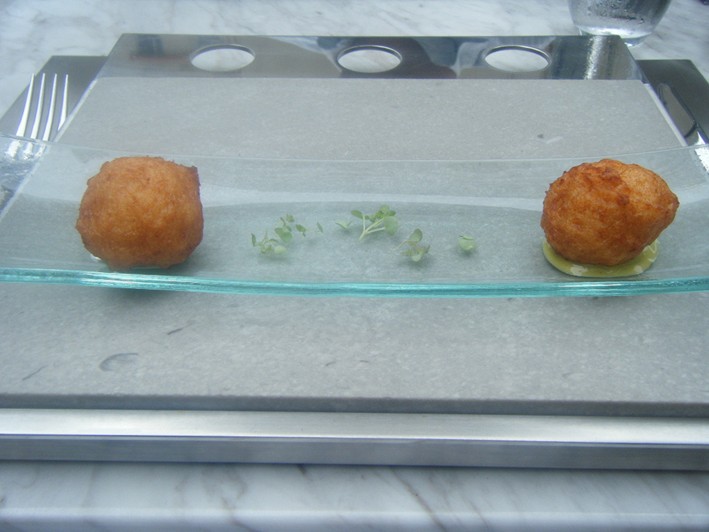

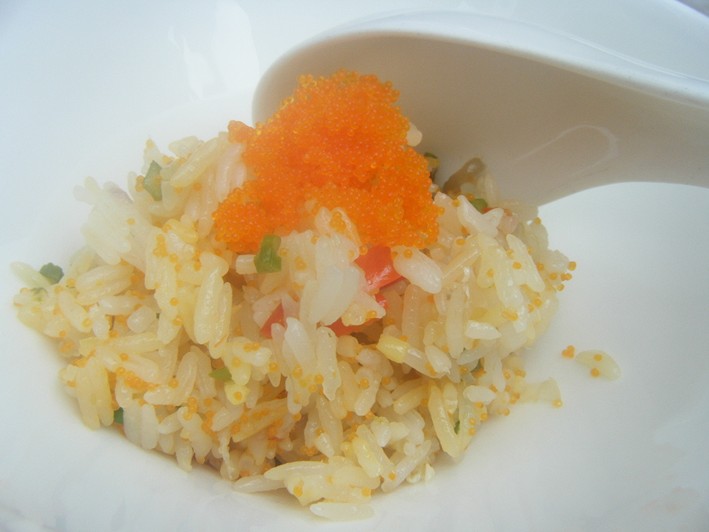
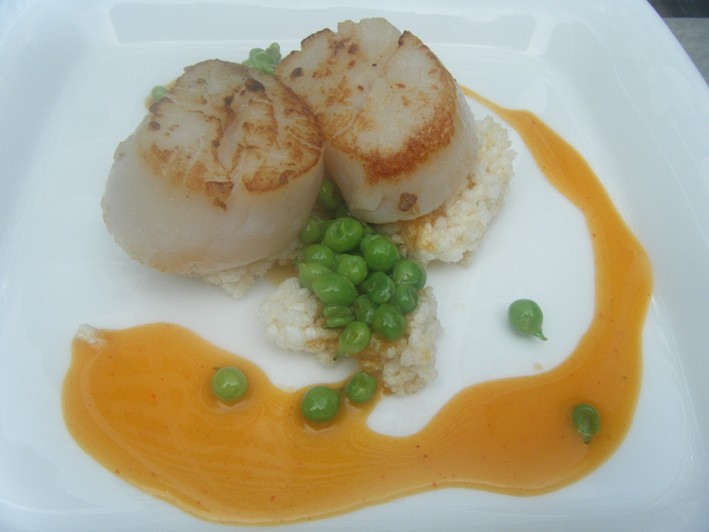
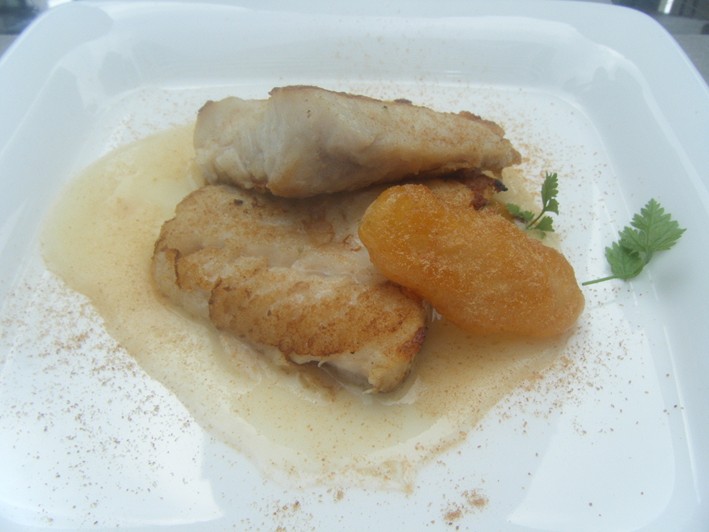

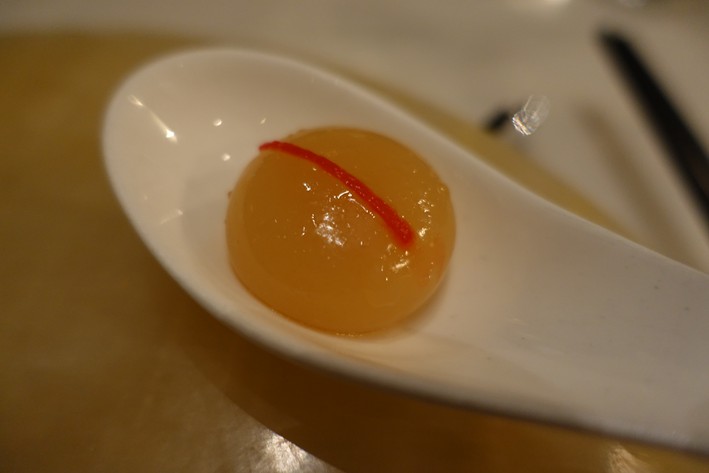
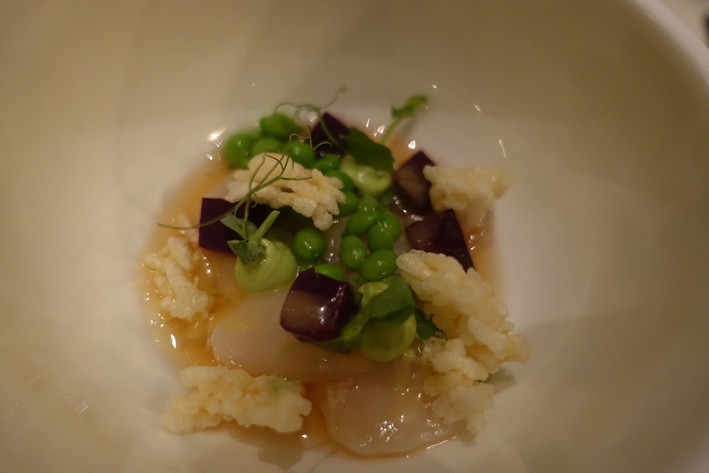
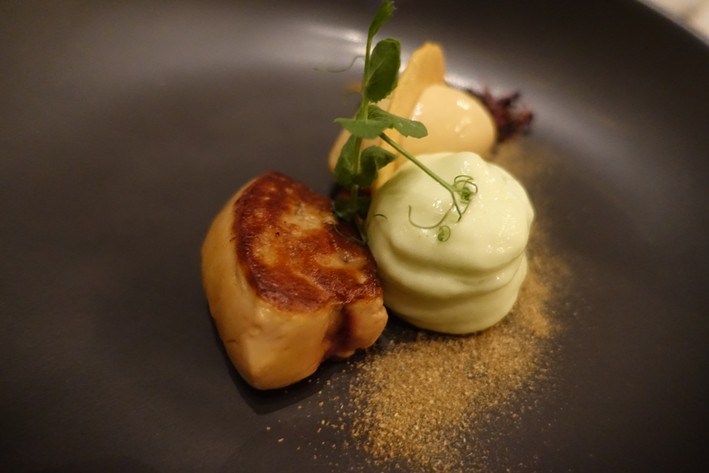
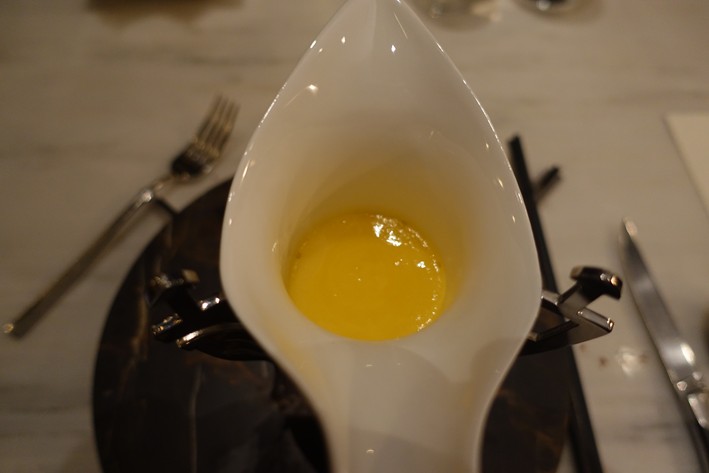
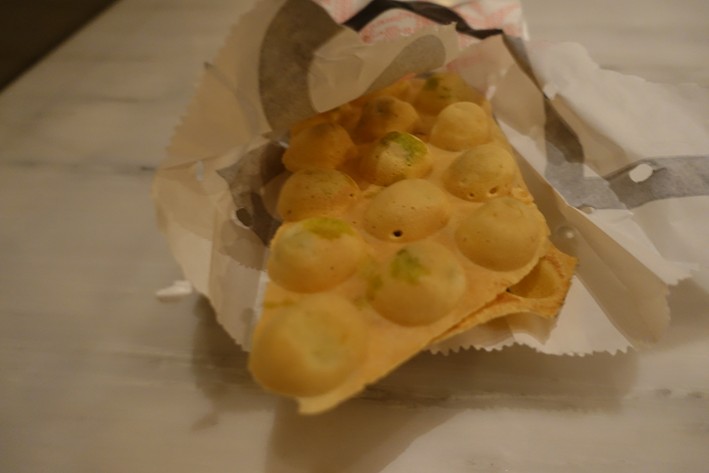
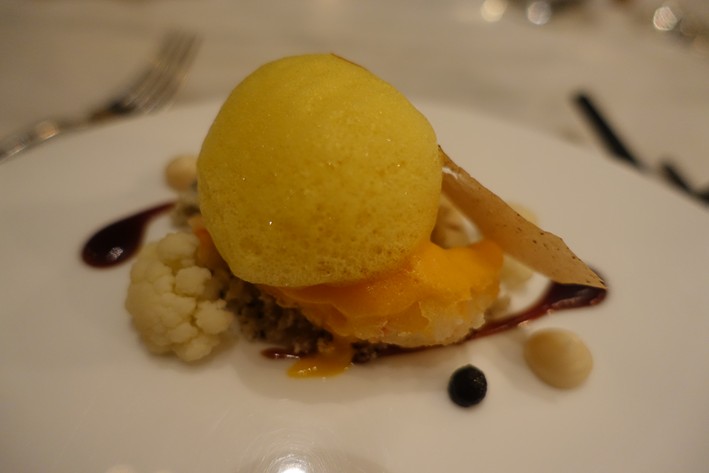

TR
Thank you for writing this review. We had a similarly disappointing meal here in May. Having sat at the counter, I can confidently say there is much less modern cooking involved than one would expect -- making the end result rather pedestrian food for the price tag. The chef seemed happy to bask in the limelight for the first few courses before being non-X-istent for most of the meal, only to make a triumphant return for the last course. I thought he put it on a little too thick -- both in his cooking and in his appearance. The food was ok. The only standout dish for us was his chicken rice / "risotto". Though we are quite fond of unconventional presentations in cooking when done well, the longer menu had far too many "why?" moments -- even for us. This would have been a decent meal at 1/3 of its price tag, but it was neither worthy of its Michelin stars nor the outrageous amount of money it commanded. I cannot recall having a more disappointing meal in the last several years.